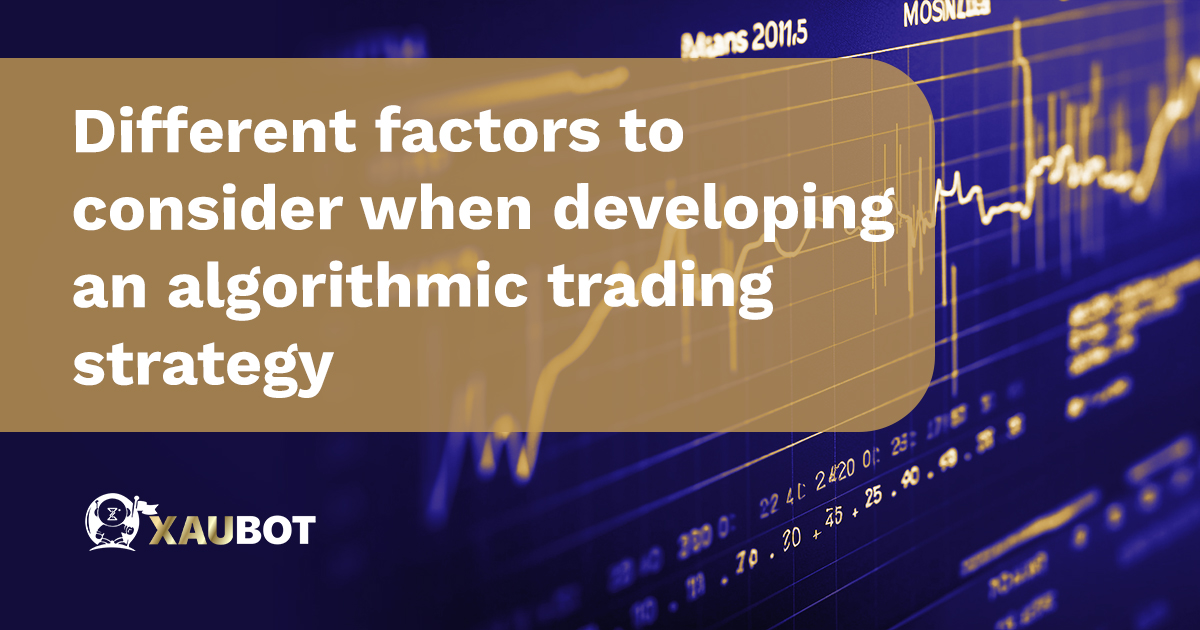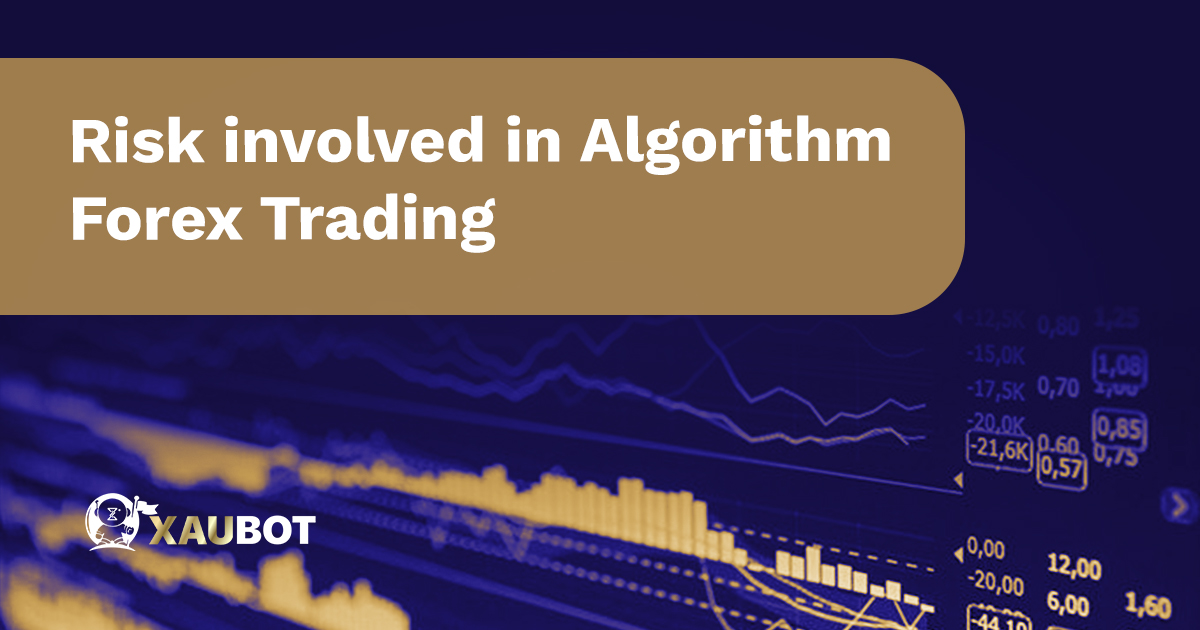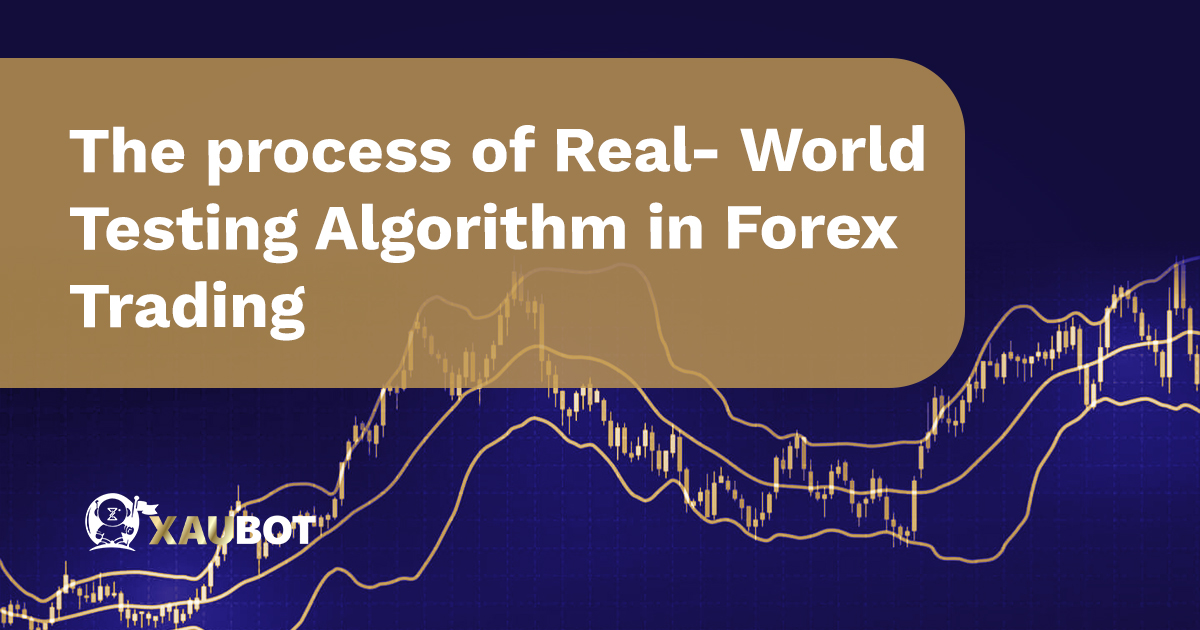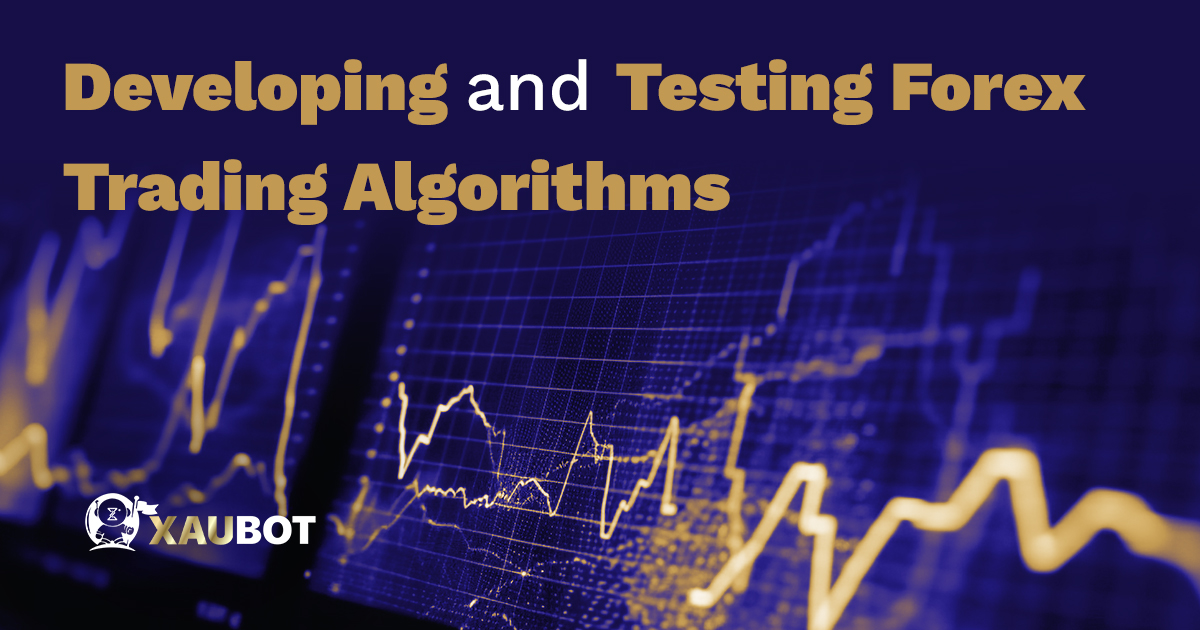This article describes the development and testing of forex trading algorithms to improve trading tactics and decision-making in the foreign exchange (forex) market. The topic explains the procedures for developing an algorithmic trading strategy: back-testing, optimization, and real-world testing.
Various algorithmic approaches and technical indicators are investigated, and their performance is assessed using historical data and real-world trading scenarios. The findings show the potential benefits and challenges of algorithmic forex trading as well as insights into the techniques’ success under various market conditions.
Algorithmic Strategy Development
Algorithmic strategy development involves generating a set of rules and instructions that a computer program can use to make trading decisions. The purpose of algorithmic strategy development is to establish a system that can generate profits over time.
The first stage in developing an algorithmic strategy is defining the trading objective. What are you hoping to achieve with your trading system? Are you seeking short-term profits or long-term growth? After you’ve determined your trading goal, you can start developing the rules and instructions your algorithm will follow.
Different factors to consider when developing an algorithmic trading strategy:

Targets of Strategy:
-
Profit Objectives:
Establish your desired returns and risk tolerance. Are you looking for steady minor earnings or larger profits on occasion?
-
Risk Management:
To avoid severe losses, define your risk per trade and overall portfolio risk.
Understanding the Market:
-
Market Traits and Conditions:
Determine whether the market is trending, ranging, or volatile. Different strategies perform better in various market scenarios.
-
Currency pairs:
They should be chosen based on liquidity, volatility, and correlation. Different couples have different behaviours.
Entry and Exit Procedures:
-
Entry Signals:
Specify the conditions that will cause a trade to be entered, such as an indicator crossover, pattern identification, or a combination of factors.
-
Exit Signals:
Decide when to exit a trade based on profit targets, stop-loss levels, or trailing stops.
Design of an Algorithm:
-
Algorithm Type:
Depending on your analysis, choose from trend-following, mean-reversion, breakout, and other algorithm types.
-
Complexity:
Determine the level of complexity for your algorithm. Simplicity frequently results in improved adaptability and fewer over fitting concerns.
Timeframes:
-
Trading Timeframe:
Determine if your technique will function in minutes, hours, or days. Shorter timeframes necessitate quicker execution.
-
Confirmation Timeframe:
To avoid false signals, choose a higher timeframe for confirmation.
Risk Management:
-
Position Sizing:
Based on your risk per trade and portfolio size, determine how much capital to devote per trade.
-
Stop-Loss and Take-Profit:
To manage losses and safeguard profits, set suitable stop-loss and take-profit levels.
Optimization and back-testing:
-
Back-testing:
Run your strategy against historical data to see how it performs in different market circumstances.
-
Optimization:
Adjust parameters to increase performance, but be wary of over fitting, which occurs when a strategy fits past data too closely.
Data Examination:
-
Historical Data:
Analyze past price data to uncover patterns, trends, and prospective opportunities.
-
Technical Indicators:
Select appropriate indicators (moving averages, RSI, MACD and so on) that match the goals of your approach.
Risk involved in Algorithm Forex Trading

-
Cybersecurity risk:
Cyberattacks on algorithmic trading systems are possible. It could result in illegal system access, which could be exploited to steal funds or conduct unlawful trades.
-
Market manipulation risk:
Algorithmic traders have the capacity to manipulate the market by executing trades with massive sums of capital. It may result in artificially inflated or deflated prices, which may harm other dealers.
-
Data Accuracy and Timeliness:
Algorithmic techniques rely on correct and timely data. Inaccurate signals can emerge from poor-quality data or data gaps, leading to losses.
-
Over fitting:
When a strategy is overly suited to historical data, it performs well in testing but poorly in real-world settings. It is critical to achieve a balance between maximizing and assuring the robustness of a plan.
-
Execution Risks:
Trades executed in response to an algorithm’s signals may be impacted by latency, slippage, and order execution delays. These variables can have an impact on profitability as well as the accuracy of back-testing results.
-
Risk of liquidity:
Algorithmic trading can occasionally cause market illiquidity. It means there may not be enough buyers or sellers to complete trades at the specified price. If the trader is compelled to close a deal at a loss, this could result in losses.
-
Emotionless Trading:
While algorithms remove emotional biases, they may overlook certain things that human traders can detect.
Factors to consider when mitigating the risk of algorithmic forex trading
- Avoid relying on a single algorithm; diversify strategies to balance potential risks and rewards.
- Monitoring: Keep an eye on algorithm performance and intervene as needed.
- Adaptability: Create algorithms that are capable of adapting to changing market conditions and dealing with unexpected events.
- Use a trustworthy broker with a proven track record of security.
- To limit your losses, use stop-loss orders.
- Back-test your algorithms properly before deploying them to a live trading account.
- Use a trustworthy trading platform that is secure from cyberattacks.
The process of Real- World Testing Algorithm in Forex Trading

Real-world testing, also known as live or forward testing, is an important step in developing and validating algorithmic trading methods. It entails testing your algorithmic trading strategy in live market settings to evaluate its performance, execution, and adaptability to changing conditions.
Here’s how real-world testing is done and why it’s important:
-
Strategy Deployment:
Once your algorithmic strategy has been extensively back-tested and optimised using historical data, it is time to put it to the test in real markets.
-
Demo Accounts or Paper Trading:
To reduce risks, many traders begin by using demo accounts or paper trading. These platforms imitate real-world trading conditions without putting actual money at risk.
-
Live trading:
If the method performs well in demo or paper trading, you can move to live trading with a funded account. Using real money exposes the strategy to real-world market conditions and execution concerns.
Real-World Testing Considerations:
- Start Small, when moving from demo to live trading, consider starting with a smaller position size to limit potential losses while establishing confidence in the strategy’s live performance.
- Keep a close eye on Monitoring the strategy’s performance and execution on a regular basis. Prepare to step in if unexpected problems develop.
- Analyse key measures like profit and loss, drawdown, win-loss ratios, and risk-adjusted returns to continuously monitor the strategy’s success.
Final words:
Developing and testing algorithms in the forex trading world provides the possibility for innovation and efficiency. Accept challenges as chances to improve strategy and unearth latent possibilities. Real-world testing is where theory and reality collide, bringing you to success. Remember that each experiment brings you one step closer to mastering the art of algorithmic trading. Maintain your curiosity, perseverance, and adaptability, because the road of algorithmic investigation is a rewarding path to trading expertise.
